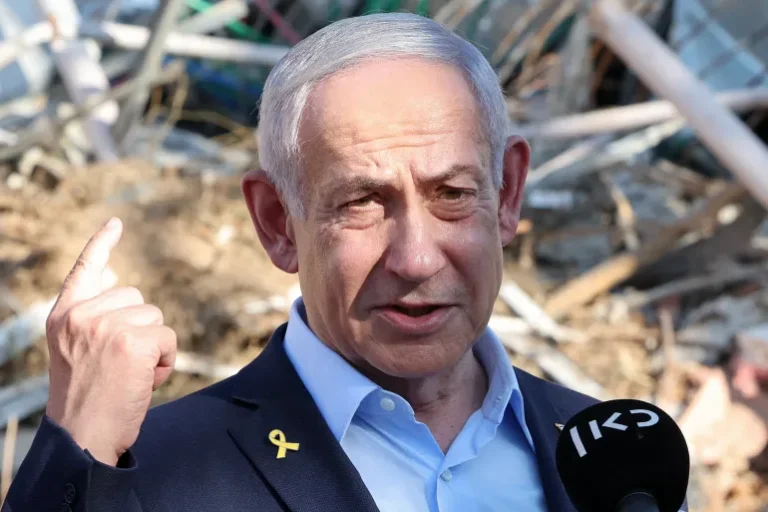After 11 days of intense fighting, Israel accepted a ceasefire offered by its ally Donald Trump on the 12th day of war with Iran. Israeli leader Netanyahu quickly declared victory, claiming all war goals were achieved. But many experts believe this statement hides the real outcome of the conflict.
Netanyahu had two main goals at the start of the war. First, to destroy Iran’s nuclear sites. Second, to bring down the Iranian government. But the results tell a different story.
Israel, with support from the United States, launched attacks on Iran’s most secure nuclear facilities, including the underground Fordow site. However, these strikes failed to destroy Iran’s nuclear program. Iran had already moved its uranium stockpile to safer places, avoiding major damage.
Israel also aimed to create chaos in Iran’s military ranks by killing top commanders, hoping to trigger a civilian uprising. However, this plan backfired. Instead of turning against their leaders, ordinary Iranians united in support of their armed forces.
One of the major turning points was Israel’s killing of the head of Iran’s Revolutionary Guard. Even Iranians who once criticized him began to show support for the Guard. The public saw the Israeli strikes as attacks on their nation, not just on their government. This wave of unity made the plan for regime change impossible.
Iran’s president also stepped onto the streets with his people, gaining more trust. This rare move strengthened public support for the government during the war.
Internationally, Israel struggled to find strong allies outside of the United States. While Washington backed Israel’s strikes, other major powers remained neutral or openly criticized the attacks. The global community rejected Israel’s demand to block Iran from holding any uranium stock.
On the battlefield, Iran made unexpected gains. Although Israel briefly controlled Iran’s airspace, the situation changed quickly. Iran destroyed key Israeli air defenses and launched direct missile attacks on major Israeli cities. These strikes caused serious damage and loss of life.
Many Israeli citizens had to hide in underground shelters to escape Iran’s modern missiles. Over time, Israel’s defense systems began to fail, unable to stop the rising number of incoming missiles. Experts said that, if the war had lasted a few more days, Israel’s defense would have completely collapsed.
The conflict also put Israel’s economy in danger. Military expenses, damaged infrastructure, and a frozen business environment pushed the economy to the edge. This economic strain added to Iran’s indirect victories.
Iran, too, suffered greatly. Many buildings were destroyed, and many lives were lost. Yet, the country did not collapse. Iran fought one of the most powerful armies in the region and did not lose.
Even when Israel attempted to restart attacks after a brief violation of the ceasefire, Iran was ready. Its military was still strong enough to defend the country. At this point, Trump intervened to enforce a truce, which some analysts see as a move to save Israel from total defeat.
According to expert Ori Goldberg, the ceasefire came just in time to prevent further damage to Israel. Without it, Israel’s position in the war could have worsened.
In the end, Israel did not achieve its main goals. Iran’s nuclear system remained active. The Iranian government stood firm. Global support leaned away from Israel. And Israel’s own people faced danger, fear, and economic hardship.
The recent war between Israel and Iran may have ended with a ceasefire. But the outcome shows that Iran stood its ground and won more than it lost. The military, the government, and the public stayed united under pressure.
The Israel Iran conflict highlights the risks of war without clear outcomes. While both sides suffered, Iran emerged with stronger national unity and increased global sympathy. Israel, on the other hand, left the battlefield with few gains and many unanswered questions.







